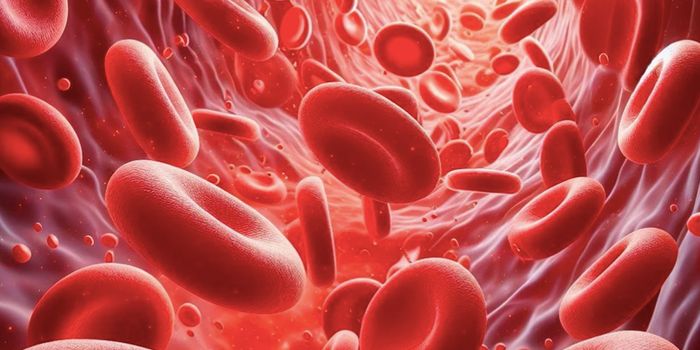New Gene Editing Technology to Combat Hereditary Diseases
Until recently, many types of gene-editing methods were unable to target critical parts of DNA. Now however, researchers at the Salk Institute have developed a new method, known as SATI, able to target these areas better, and provide promise to treat a broad range of gene mutation conditions including Huntington’s disease.
The CRISPR-Cas9 system is one of the most well-known gene editing tools. Generally effective in dividing cells, such as those in the skin or the gut, the CRISPR-Cas9-based gene-editing technology, known as HITI (for homology-independent targeted integration) works only on protein-coding regions, which account for only 2% of the genome. These regions, although responsible for making proteins, are otherwise outnumbered by non-coding regions (accounting for 98% of the genome), which decide how many proteins are made.
Thus, researchers at the Salk Institute decided to create a tool to target these non-coding regions of the DNA. Called SATI (otherwise known as intercellular linearized Single homology Arm donor mediated intron-Targeting Integration), this new method builds upon the previous HITI method. It works by introducing a normal copy of the problematic gene into the non-coding region of the DNA before the mutation site (Salk Institute: 2019). This new gene then becomes a part of the genome alongside the old gene through one of multiple DNA repair pathways. Over time, this process leaves the person or animal in question without the negative effects of the original, mutated gene, and without the risk of having it fully replaced.
To test this new method, the researchers tested SATI on living mice with progeria, a rare premature aging syndrome that also occurs in humans, caused by a mutation on the LMNA gene. Using SATI, they inserted a normal copy of the LMNA gene into the mice with progeria. They soon observed diminished signs of aging in multiple tissues, including the skin and the spleen, alongside an increase in lifespan by 45%, when compared to mice with progeria who were left untreated. In human terms, this lifespan extension would equal around a decade.
A success, SATI is the first gene editing technology that targets non-coding regions of DNA in vivo, and that is capable of working in multiple tissue types. The researchers now aim to increase the number of cells that incorporate the new DNA to improve SATI’s efficiency. According to Reyna Hernandez-Benitez, co-first author of the paper: “Specifically, we will investigate the details of the cellular systems involved in DNA repair to refine the SATI technology even further for better DNA correction."
Sources
Salk Institute: Science Daily









